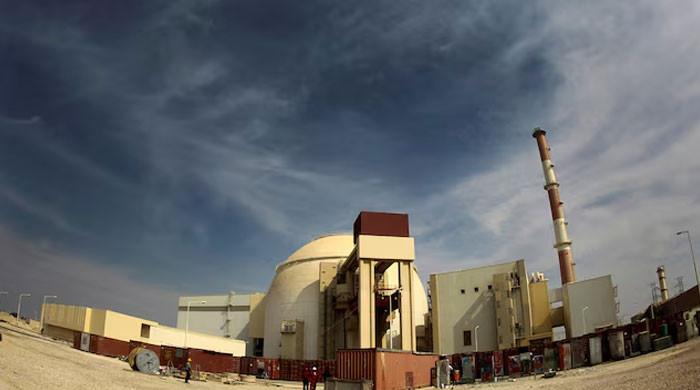VIENNA: President Donald Trump said on Saturday that the US military had carried out a “very successful attack” on nuclear sites in Iran, including a facility buried deep in a mountain at Fordow, south of Tehran.
Israel has been targeting Iranian nuclear sites since it began strikes on Iran on June 13, including Natanz — the heart of Iran’s uranium enrichment programme — and Khondab, a partially built heavy-water research reactor.
Below is an overview of some of Iran’s main nuclear facilities.
Where are Iran’s nuclear facilities?
Iran’s nuclear programme is spread across multiple locations. While the threat of Israeli airstrikes has loomed for decades, only some of the sites have been built underground.
Does Iran have a nuclear weapons programme?
The United States and the UN nuclear watchdog believe Iran ran a coordinated, secret nuclear weapons programme that it halted in 2003. Iran denies ever having had one or intending to develop one.
In 2015, Iran agreed to limit its nuclear activities in return for relief from international sanctions under a deal with world powers. That agreement collapsed after Trump, during his first term as president, withdrew the US from the deal in 2018. Iran began scaling back its compliance the following year.
Is Iran increasing its uranium enrichment?
Yes. Since the collapse of the 2015 deal, Iran has expanded its uranium enrichment efforts, drastically reducing the “breakout time” required to produce enough weapons-grade uranium for a nuclear bomb — from about a year to just days or a little over a week.
However, producing a usable bomb would still take longer, and the exact timeline remains uncertain.
Iran is now enriching uranium to up to 60% fissile purity — close to the 90% needed for weapons-grade — at two sites. According to the International Atomic Energy Agency (IAEA), Iran theoretically has enough material enriched to that level, if further refined, for six nuclear bombs.
Natanz
Natanz is central to Iran’s uranium enrichment programme. Located on a plain near the Shia holy city of Qom, south of Tehran, it includes two main enrichment plants: the vast underground Fuel Enrichment Plant (FEP) and the smaller above-ground Pilot Fuel Enrichment Plant (PFEP).
Iran’s secret construction of Natanz was exposed in 2002 by an exiled opposition group, triggering a lasting diplomatic standoff with the West.
The FEP is built underground, reportedly around three floors deep, and was designed to house up to 50,000 centrifuges. Before the US and Israeli attacks, about 16,000 centrifuges were installed, with around 13,000 in operation, enriching uranium up to 5%.
The PFEP has only hundreds of centrifuges but is where Iran has enriched uranium up to 60% purity.
Fordow
Fordow, on the opposite side of Qom, is dug deep into a mountain, offering greater protection from airstrikes. After the US attacks, Trump claimed on social media: “Fordow is gone.”
The 2015 nuclear deal banned enrichment activities at Fordow. Before the attacks, about 2,000 centrifuges were operating there, mostly advanced IR-6 machines, with up to 350 enriching to 60%.
The US, Britain and France revealed in 2009 that Iran had been secretly building the facility without notifying the IAEA. Then-President Barack Obama said: “The size and configuration of this facility is inconsistent with a peaceful programme.”
Isfahan
Isfahan, Iran’s second-largest city, hosts a large nuclear complex. It includes a uranium conversion facility that processes uranium into uranium hexafluoride for centrifuge use, and a Fuel Plate Fabrication Plant.
The IAEA says enriched uranium is stored at Isfahan and that the site houses equipment to produce centrifuge parts and uranium metal — the latter being particularly sensitive as it can form the core of a nuclear bomb.
In 2022, the IAEA described a new facility there as a “new location”.
Khondab
Previously called Arak, Khondab is a heavy-water research reactor. Such reactors pose a proliferation risk because they can produce plutonium, which, like enriched uranium, can be used for bomb-making.
Under the 2015 deal, construction was halted, the core was filled with concrete, and the reactor was to be redesigned to prevent the production of weapons-grade plutonium. Iran has said it plans to start operating the facility in 2026.
Tehran Research Centre
This centre includes a research reactor and other nuclear research facilities.
Bushehr
Iran’s only operational nuclear power plant is in Bushehr, on the Gulf coast. It uses Russian-supplied fuel, which is returned to Russia after use, limiting proliferation risks.


